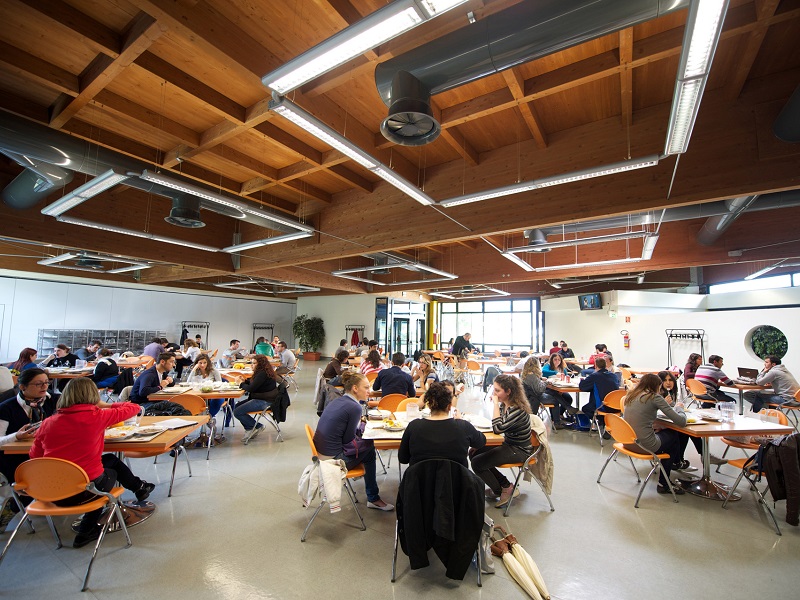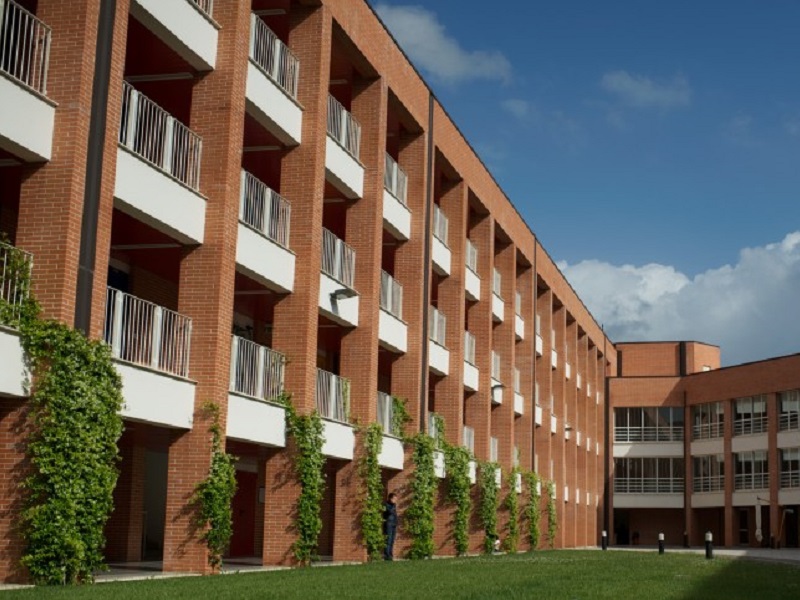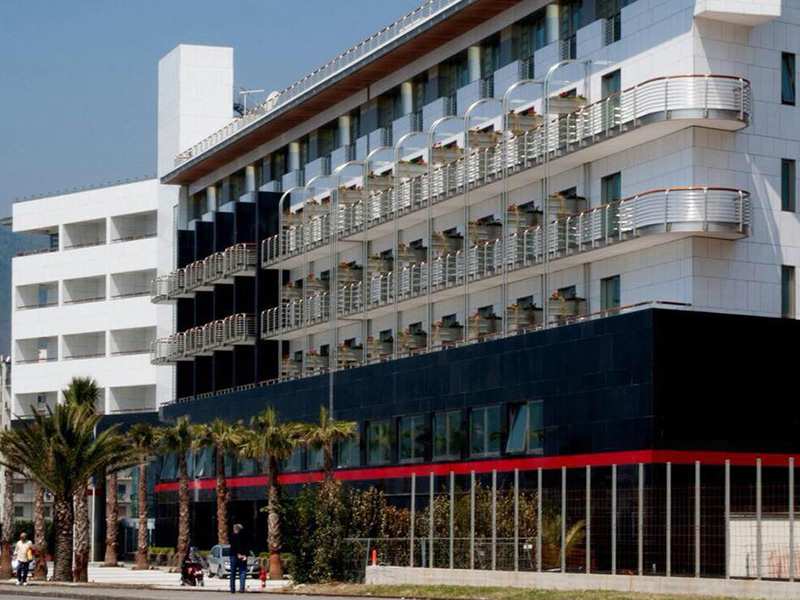Local Information
University of Salerno
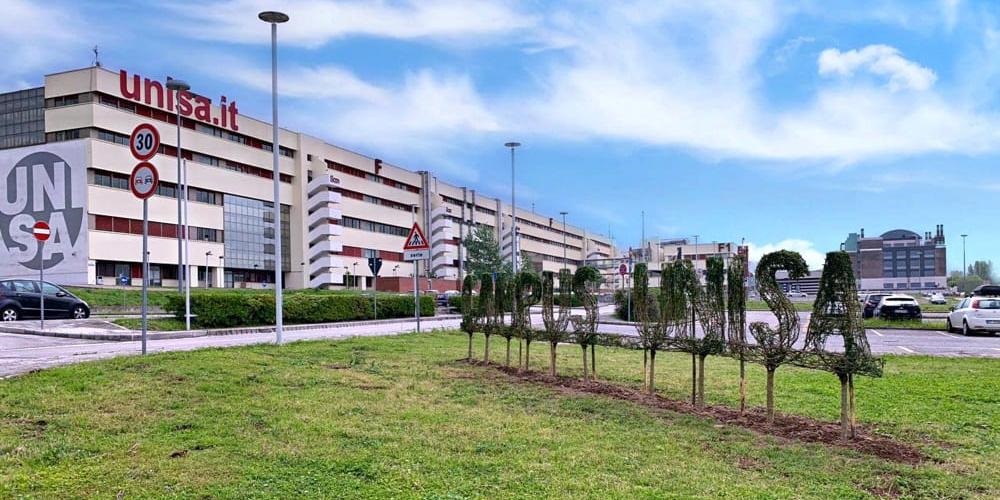
The University of Salerno is ideally linked to the oldest academic institution in the Old Continent: the Schola Medica Salernitana. Founded in the eighth century AD, the School reached its peak between the 10th and 13th century. In addition to medicine, its lectures included philosophy, theology and law. The School, which earned Salerno the title of Hippocratica Civitas (City of Hippocrates) after the famous Greek physician and treatise writer, was closed by royal decree in 1811 under Joachim Murat’s Napoleonic government. In 1944, by decree of king Victor Emmanuel III, the Istituto Universitario di Magistero “Giovanni Cuomo” was founded. This became state-owned in 1968, changing its name into Facoltà di Magistero dell’Università degli Studi di Salerno. Within a few years, the Faculty was joined by many others, which contributed to the formation of a major university. The Faculty of Arts was established in 1969. This was followed by the Faculty of Economics (1970); the Faculty of Mathematical, Physical and Natural Sciences, and the Faculty of Law (1972); the Full Degree in Engineering (1983); the Faculty of Pharmacy (1991); the Faculty of Political Science (1992); the Faculty of Foreign Languages and Literature (1996); finally, the Faculty of Medicine and Surgery (2006). As of 1987, the University is located in the town of Fisciano, a few kilometers from Salerno, at the junction of motorway intersections that make it central and easy to reach. The university is a very large compound in continuous expansion, covering around 100,000 square metres. Organized in the form of a campus (comprising the campuses of Fisciano and Baronissi), the university is equipped with residence halls for students and teachers, and boasts modern facilities and efficient services for orientation, teaching, studying and leisure activities. It currently counts about 40,000 students from Campania, Basilicata, Calabria and Apulia.
Surroundings | Salerno City
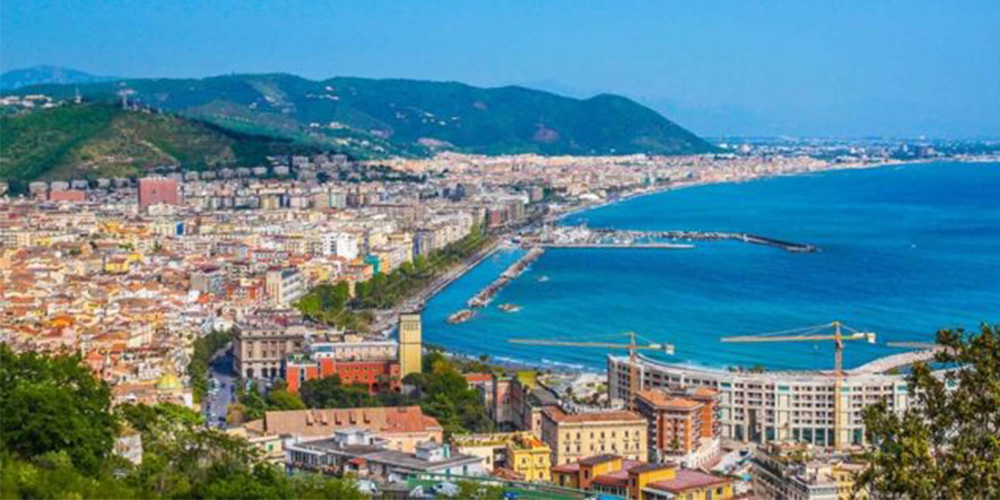
Salerno has very ancient origins, very probably Greek. Archaeological excavations have uncovered a necropolis of the 6th century BC that proves the existence of an Etruscan-Campanian settlement, on whose site the Greek town of Poseidonia was founded, which in turn became a Roman colony in 197 BC.
So flourishing was the town in the Middle Ages that Robert Guiscard made it the capital of his Duchy in 1077. It was this social and cultural environment that saw the foundation of the oldest university in Europe, the Salerno School of Medicine. Founded in the 8th century by Benedictine monks skilled in medecine, the School was restructured in 1232 by the emperor Frederick II and became a model in Europe for the practice and teaching of medecine, home to many famous scholars.
Even today Salerno's beautiful historic centre bears signs of this glorious past with its medieval charm intact.
The medieval area runs from the Aqueduct to the Arechi Castle and includes the Cathedral, the Roteprandi Gate, the residences of the nobles and the typical streets, like the winding Via dei Mercanti, the main medieval commercial area, which crosses the entire historic centre, from the Catena Gate to the New Gate (mentioned by Masuccio Salernitano in his Novellino). The names of the narrow alleys of medieval Salerno, divided by tenth- and eleventh-century arches, are witness to the Lombard and Norman conquests, as well as to the tradesmen's guilds, such as the district of the 'Barbuti' or the 'Fornelle', ovens in which pottery was fired. These alleys wind their way to the Piazza del Campo with the Dolphin fountain, built by Vanvitelli, and between aristocratic residences with small courtyards and elegant sculptures.
Further up is the Minerva Garden, where herbalists of old prepared their remedies. It was to these winding streets that the inhabitants of Salerno fled to escape the Saracen incursions, or they took refuge in Arechi's castle, which still dominates the city. Another building also rises above the city and has become its symbol; this is the Cathedral, built by Robert Guiscard in 1079 and consecrated by Pope Gregory VII, with its lion doorway opening up onto a splendid portico. It is believed that the School of Medecine was set up in the atrium. The nave and aisles were transformed into the Baroque style in the eighteenth century. The visitor must see the large Byzantine mosaics, the crypt, and the treasury with the silver statue of Saint Matthew, which is carried in the procession in his honour on September 21st.
Today, new life is being breathed into the historic centre of Salerno. It is regaining its original colours and aspect, and is transformed by night by its 'movida', where many young people can be seen eating and drinking in the cafés, bars and restaurants that create a contrast between the old and the new. The buildings of the Renaissance, Baroque and modern ages developed harmoniously around this ancient centre, without interruption or conflict, producing monuments and outstanding examples of impressive architecture, like Santa Sofia, now housing international art exhibitions, the Ave Gratia Plena convent, Palazzo Pinto, the Teatro Verdi, the Palazzo di Città, the Prefecture, the Court House, the park, the seafront, and many others, and many places of cultural interest, too, such the Museum of Ceramics, the Provincial Museum, with its splendid archeological exhibits, and the Diocesan Museum with Roman and Medieval artefacts. These all make Salerno one of the most welcoming and liveable cities.
Salerno's central position, nestled in the curve of the bay of the same name, makes the city a focal point for leisure tourism and seaside holidays. The magnificent Lungomare Trieste seafront skirts the entire city and links the Amalfi Coast to the west, and to the south-east, with the long sandy coastline of the Piana del Sele, it reaches Velia, Paestum, Palinuro, whose names alone evoke their beauty.
Conference Venue
I-CiTies 2020 will be held at:
Università degli Studi di Salerno(Campus di Fisciano)
Via Giovanni Paolo II, 132 - 84084 Fisciano (SA)
Frequently Asked Questions
How to reach the UNISA Campus?
From Salerno
- Vittorio Veneto Square-Rail, courier CSTP ran nr.7, 17, 27 (every 20')
From Naples
- SITA courier Via Ferraris, where is the INPS, at 300 meters from Garibaldi Square (Central Station).
From Salerno station
- In front the station courier CSTP for Fisciano University or Taxi
From Naples Central Station to Salerno station
- SITA buslines: Via Ferraris, where is the INPS, at 300 meters from Garibaldi Square (Central Station).
- train
From the Capodichino Airport (Naples)
- SITA for Fisciano University (9:30, 13:30 and 19:30) and 16:00 for Salerno center (Place de la Concorde in front of the train station)
- From the airport: bus Alibus (direct line of the Neapolitan Mobility connecting the airport to the railway station in Garibaldi Square. Periodicity average in minutes: 20 weekdays, Saturday 20, festive 20. Tickets can be purchased on board).
From Naples
- Motorway A3 (Napoli-Salerno-Reggio Calabria); continue towards the south and take the freeway Salerno-Avellino; continue towards Avellino and exit at University, at the roundabout turn right and continue to the right.
- Motorway A16 (Napoli-Bari); from barrier _ East Naples merge onto A30 (Caserta-Salerno), direction Salerno, and go up the ramp to Avellino. Shortly after entering on the motorway Salerno-Avellino, exit at Fisciano-Mercato San Severino; at the end of the exit go to the right.
From East (Bari)
- Motorway A16 (Bari-Napoli); exit Avellino East and take the freeway Avellino Square-Salerno; exit at Fisciano-Mercato San Severino; at the end of the exit go to the right.
From South (Reggio Calabria)
- Motorway A3 (Salerno-Reggio Calabria-Naples); before Salerno take the fork for the A1 and A16 motorways, and, continuing in the direction Avellino, exit at University, at the roundabout turn right and continue to the right.
Where to stay?
We suggest the Grand Hotel Salerno, which is very close to Concordia Square and on the seaside. From the hotel you can reach the most important places in Salerno by walk. The rate of the room is about 100 euro per day (breakfast is included).
Where to eat?
The catering service, managed by ADISURC, is one of the flagships of Salerno University. The main facility has approximately 1300 seats and is located at the Fisciano campus. It is open Monday to Friday from 12.00pm to 3.00pm, and from 7:00pm to 9:00pm. The two ample dining rooms ensure a cuttingedge service in terms of organization and innovation.
Useful Services
- All
- Transport
- Accomodation
- Cafeterias
- Activities
- Other

